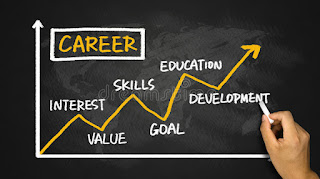Personal Professional Development Plan

Companies and organizations are well-served to create and support opportunities for employee development. Developing employees helps teams to build knowledge and skillsets that contribute to productivity and efficiency for improved day-to-day operations and outputs (Career Insights, 2020). National trends indicate that companies with organization-wide employee development programs experience an average of 24% increase in profit margins, approximately 128% increase in employee income, and a 45% employee retention rate (Hill, 2021). Because the world continues to evolve, employees should continue to develop and learn within their professional roles. For that purpose, I attempted to compose a professional development plan that supports my current role. The plan includes four training components - formal training, professional coaching, peer mentoring, and continuing professional development - to help facilitate an effective transfer of sustained knowledge that will continue to develop and





